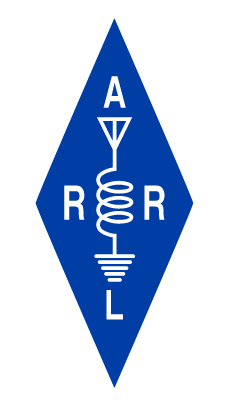The national news has recently covered the decision by Ford Motor Company to continue to provide AM radios in their EV’s, after first announcing AM radios would be discontinued. The noise from battery systems interfering with reception was the reason cited in the news.
We hope that this means that the RFI shielding in these EV’s will be upgraded to suppress the RFI generated from these EV systems and that other auto manufacturers will follow suit.
Hams suffer from the RFI generated by the internet of things, solar energy systems, LED lighting, faulty power line components, motor controllers, electric fences and many other sources with more emerging all the time as technology delivers more and more devices that generate RF energy as a by-product. EV’s are yet another example but the national commitment to replace the fleet of gas and diesel driven vehicles with EV’s in the next decade is an order of magnitude more of concern.
It is reasonable to question whether the FCC’s self-certification approach is sufficient for EV’s given the potential impact to the RF spectrum, not just to amateur radio but to public service frequencies as well. The 60 meter band, for example, is used by government services with amateur radio secondary. If EV’s are too noisy in the AM broadcast band for them to receive many AM stations, is it likely that strong harmonics will impact signals at 5 MHz?
Congressional hearings are underway to consider the impact of removing AM radios in vehicles. The issue appears to be uniting both progressive and conservative senators for commercial reasons. It seems to me that this is an opportunity to surface the issue of RF pollution of the spectrum to our lawmakers, not just for the sake of amateur radio but in the broader public interest as well.
